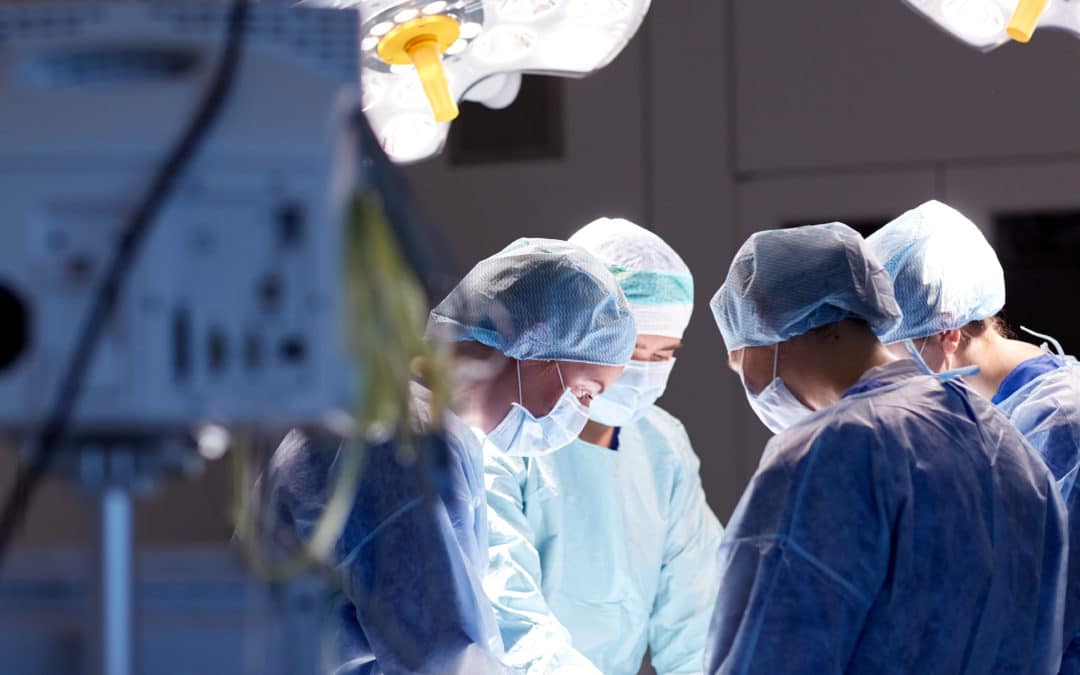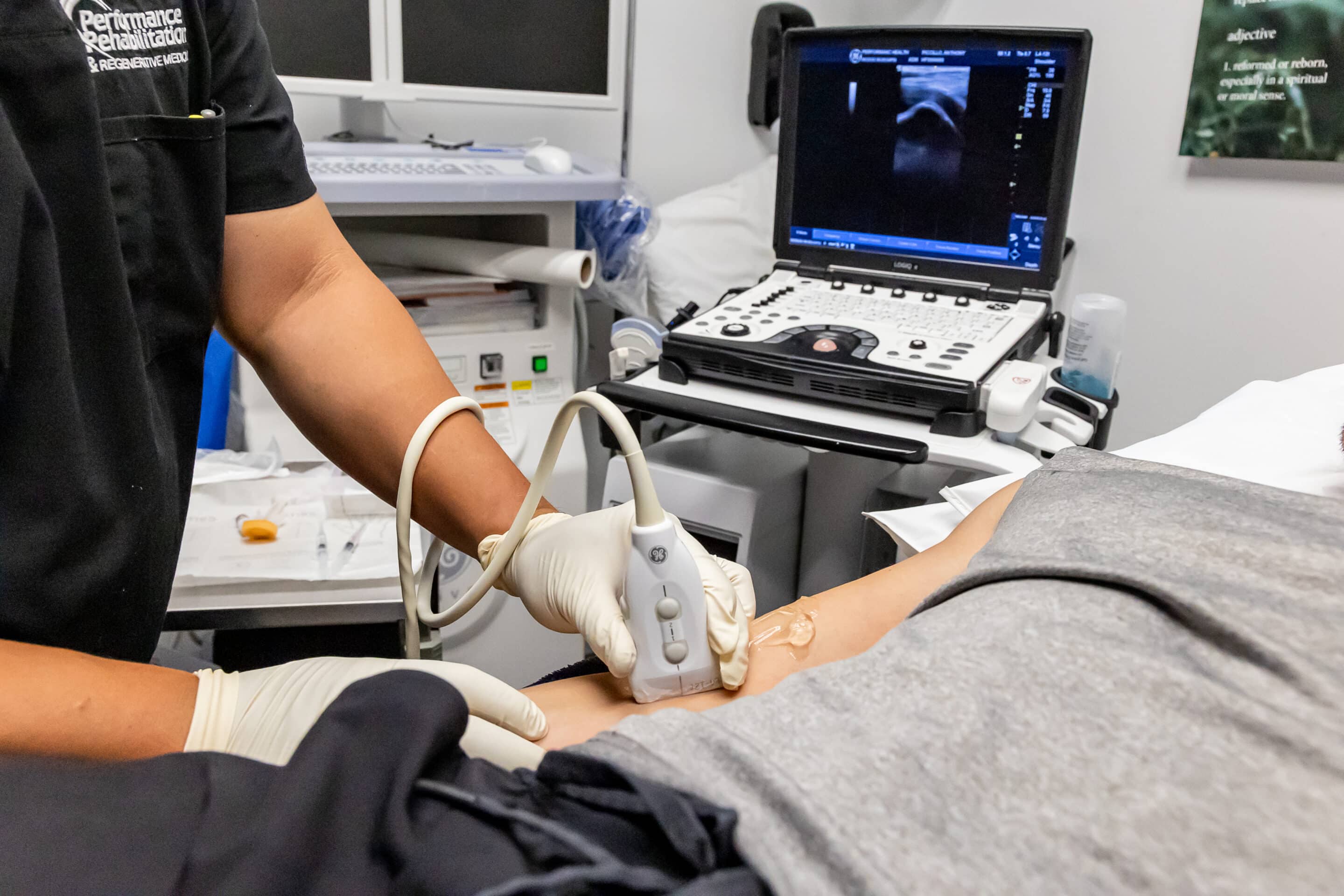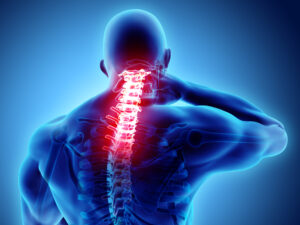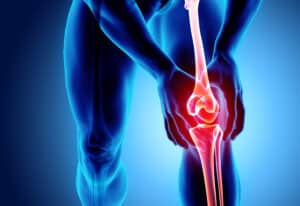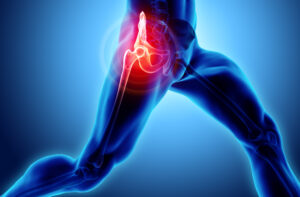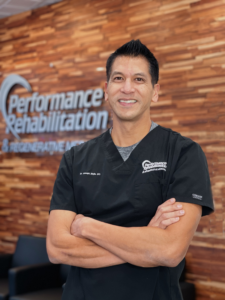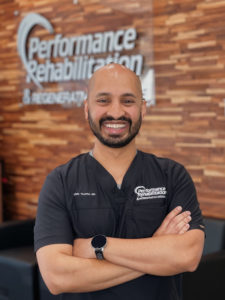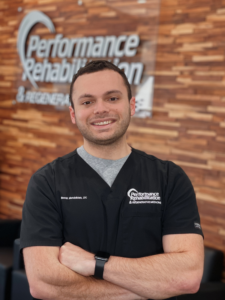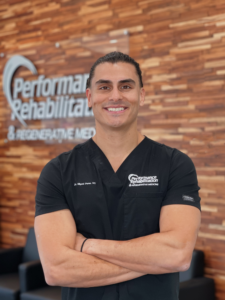Posterior Cervical Fusion
Many neck problems are the result of degenerative changes in the intravertebral discs of the cervical spine. Injury to the spine and complications resulting from previous surgeries can also affect the neck. Fortunately, most patients suffering from neck or spinal pain will not require any type of surgical intervention. However, if conservative treatments do not control pain and discomfort, your doctor may suggest a posterior cervical fusion to treat your neck ailments.
What is a posterior cervical fusion?
Posterior cervical fusion is a surgical technique that mends two or more cervical spinal bones together using a posterior incision. A bone graft is placed on either side of the spine bones. Over time, the graft fuses together with the surrounding bone, creating a cohesive, solid bone structure and relieving the patient from discomfort.
Many surgeries require the use of metal plates, rods, wires, and screws to hold the vertebrae in place while the fusion heals, as this increases the success of getting the spine to fuse with bone. Movement deters the healing process, so it is imperative for the bone to heal unimpeded by motion.
Why might I need posterior cervical fusion?
Compression in the spinal cord and nerve roots can cause a multitude of painful symptoms including headaches, pain in the back of the neck, shoulder, arm, and upper back, numbness, weakness, and tingling, and in more serious cases, loss of balance and coordination. Compression of the nerves can be caused by these conditions:
– Degenerative disc disease
– Bulging disc
– Herniated disc
– Cervical stenosis
– Myelopathy
– Radiculopathy
– Fracture, infection or tumor of the cervical spine
The primary goal of a cervical spinal fusion is to relieve the pressure on nerve roots or spinal cord in the cervical spine. This is achieved by using a surgical approach through the back of the body. Cervical posterior fusion involves removing and replacing the disc with bone to allow the vertebrae to fuse together as one unit. This surgery is designed to help you get back to your normal activities in a reasonable amount of time.
What can I expect during and after a posterior cervical fusion?
During the surgery, the patient lies face down. The patient is given anesthesia and does not feel pain or discomfort during the surgery. The surgeon makes an incision in the skin on the back of the neck over the affected vertebrae. The surgeon removes the back portion of the spine (lamina) to open up the spinal cord and nerves.
The surgeon will use metal screws and rods to permanently fuse segments of the cervical spine together. These screws and rods will act as a support as your bone gradually fuses together. This could take up to 9 to 12 months. The surgery takes anywhere from 2 to 4 hours, depending on how many spinal levels are involved.
Many patients are released from the hospital a day or two after their cervical fusions. Following their release and at the direction of their surgeon, it is typical for patients to engage in post-surgical rehabilitation and sometimes occupational therapy. A physical therapist who specializes in manual therapy will stimulate healing through movement and by providing the patient with therapeutic exercises to get the patient back to full function. Sometimes it is helpful for an occupational therapist to work with the patient to move around and perform daily activities in a way that will prevent future injury.
What are the complications and risks?
Various studies show that 75-95% of patients report significant improvement of neck pain after surgery. But as with any surgery, there is a risk of complications. General complications from surgery include infection, blood loss, and side effects from anesthesia. Fortunately, serious complications resulting from a posterior cervical fusion are very rare.
How long is the recovery period?
All patients are unique, and the recovery timeline will look different for everyone. Most patients are required to wear a neck brace or collar after surgery for up to six weeks. Patients report a moderate amount of pain in the weeks following posterior cervical fusion surgery. The discomfort can last until the bone heals. Your doctor may prescribe a narcotic to deal with the pain. After the surgery, you should not drive for two weeks. Bending and lifting should be avoided for four to six months. You may return to light duty work after eight to twelve weeks, and after six months may engage in heavier work or sports. Time is required for the spinal cord to heal, so patience with the process will help during the healing period.
When conservative treatment methods are ineffective, spine surgery may be necessary. Using state of the art technology, surgeries are now completed through smaller and less painful incisions. We are now offering minimally invasive spine surgery at Performance Rehabilitation and Regenerative Medicine. For more information about Minimally Invasive Spine Surgery and to take the first step to living your life fully without pain, please call one of our Patient Care Coordinators at 908-754-1960 or book a consultation today?
